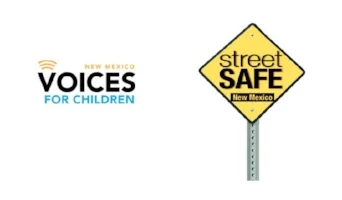The Affordable Care Act—Still Vulnerable to Attack
While the latest attempt* to repeal and replace the Affordable Care Act (Obamacare) has been abandoned, Republican efforts to dismantle the ACA are unfortunately far from over.
First, there are many ways to sabotage the ACA without an outright repeal. In fact, one of President Trump’s first actions in office was an executive order intended to stop enforcement of the individual mandate—the ACA’s requirement that everyone either have health insurance or pay a fine.
And the president’s unwillingness to commit to paying ACA subsidies to insurers (so-called cost-sharing reduction payments) has contributed to a 36% to 41% increase in premiums for next year’s policies available through New Mexico’s insurance exchange (Albuquerque Journal, 09/21/17).
As people drop coverage because they can no longer afford it, or because they think they will no longer have to pay a penalty if they are uninsured, the insurance exchanges set up under the ACA will become even less sustainable.
Second, the push to repeal continues. Even though outright repeal is dead for the moment, Republicans in Congress are already preparing for their next attempt to kill off the ACA.
—Washington Post, 09/28/17
Sen. Graham, co-sponsor of the failed Graham-Cassidy repeal bill, said earlier this week, "We are coming back to this after taxes" (USA Today, 09/26/17). Some members of Congress apparently don’t want to wait that long. As Congress moves to tackle tax reform, there is talk of continuing with ACA repeal efforts as part of the tax reform process. (See this Politico article for more details.)
This fixated effort to virtually destroy Medicaid and throw millions into the ranks of the uninsured will not stop. Even the united opposition of the insurance industry, hospitals, doctors and nurses, and advocacy organizations like AARP has not put a damper on this desire to follow through with what was promised for seven years—the repeal of Obamacare.
* The Center on Budget and Policy Priorities put together a summary of exactly what the Graham-Cassidy bill would have done—from rolling back the Medicaid expansion to dramatically weakening protections for people with preexisting conditions.
On the home front, there continues to be growing interest in Health Security. Our basic flyer is a great handout for friends and colleagues who want more information.
And if you belong to an organization (social, professional, political, or activist!) please let them know about Health Security. We are always happy to give a presentation, and working through organizations is often the most efficient and effective way to reach a new audience.







